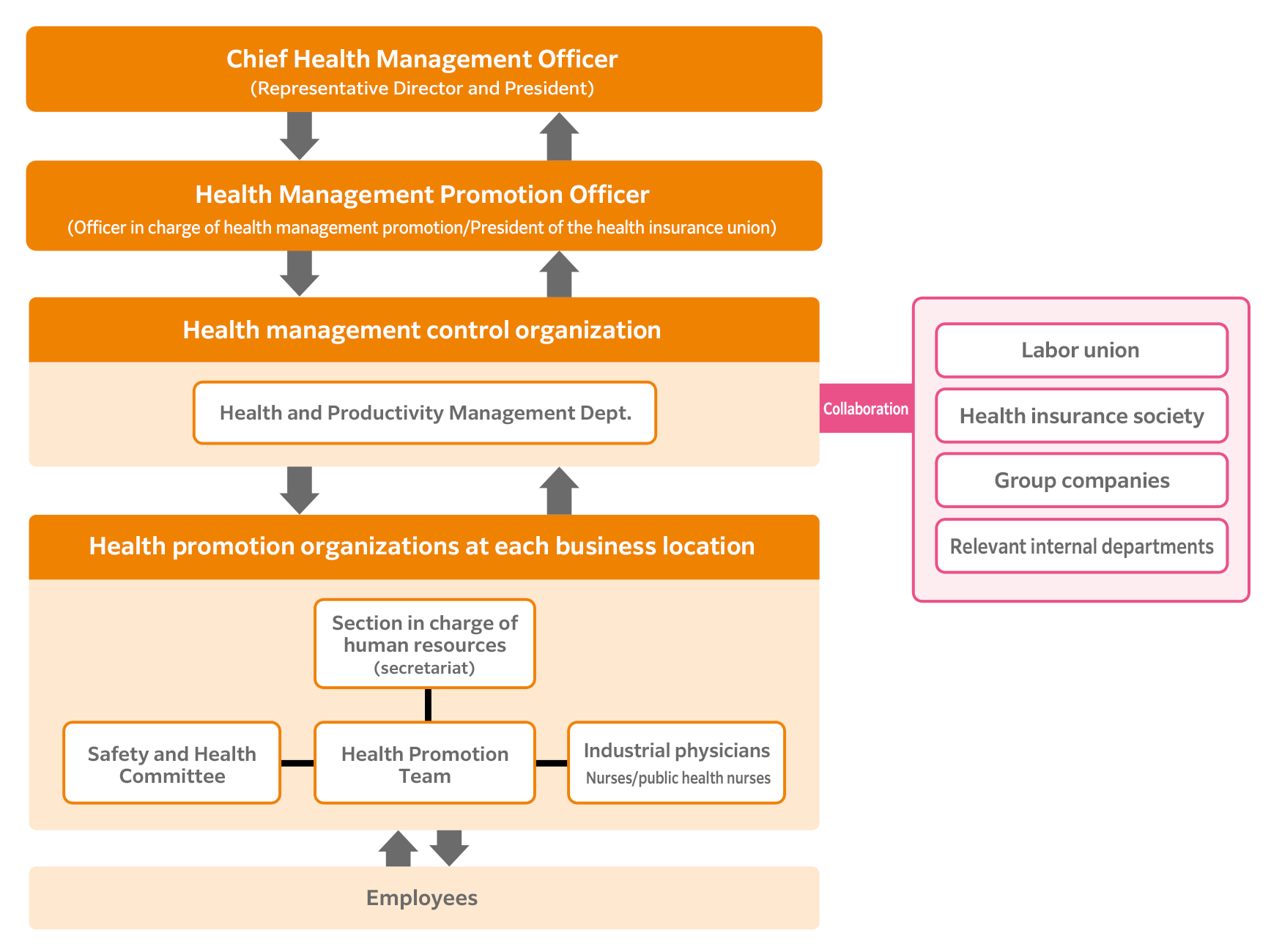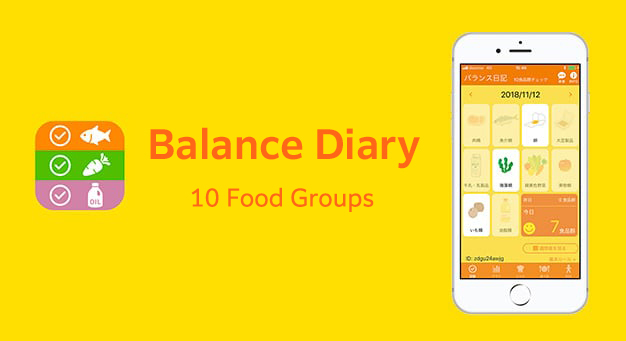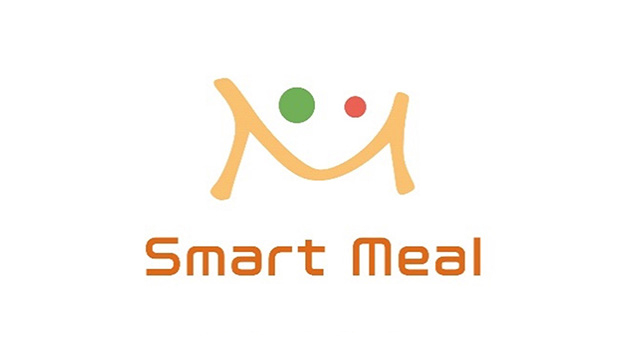Key taskPreventing lifestyle diseases
| Health indicators for achieving the task | |||||
|---|---|---|---|---|---|
| [Reduce the percentage of employees at risk of obesity]*1
Percentage of employees with BMI higher than 25 |
|||||
| FY2019 Results 30.4% |
FY2020 Results 30.1% |
FY2021 Results 29.3% |
FY2022 Results 29.1% |
FY2023 Results 29.2% |
FY2024 Targets 25.0% |
| Health indicators for achieving the task | |||||
|---|---|---|---|---|---|
| [Reduce the percentage of employees at risk of hypertension]*1 Percentage of employees with systolic blood pressure over 130 mm Hg or diastolic blood pressure over 85 mm Hg |
|||||
| FY2019 Results 35.5% |
FY2020 Results 34.4% |
FY2021 Results 32.4% |
FY2022 Results 32.8% |
FY2023 Results 36.4% |
FY2024 Targets 33.0% |
| Health indicators for achieving the task | |||||
|---|---|---|---|---|---|
| [Reduce the percentage of employees at risk of diabetes]*1 Percentage of employees with fasting blood sugar level greater than 100 mg/dL or HbA1c (NGSP value) greater than 5.6% |
|||||
| FY2019 Results 45.2% |
FY2020 Results 41.0% |
FY2021 Results 40.0% |
FY2022 Results 39.9% |
FY2023 Results 40.8% |
FY2024 Targets 34.0% |
| Health indicators for achieving the task | |||||
|---|---|---|---|---|---|
| [Reduce the percentage of employees at risk related to lipids]*1 Percentage of employees with triglycerides greater than 150 mg/dL or HDL cholesterol less than 40 mg/dL |
|||||
| FY2019 Results 22.7% |
FY2020 Results 20.3% |
FY2021 Results 20.8% |
FY2022 Results 19.9% |
FY2023 Results 19.8% |
FY2024 Targets 19.0% |
| Health indicators for achieving the task | |||||
|---|---|---|---|---|---|
| [Increase the percentage of employees who are regular exercisers] Employees who exercise at least 30 minutes at least once a week |
|||||
| FY2019 Results 37.7% |
FY2020 Results 35.9% |
FY2021 Results 37.1% |
FY2022 Results 37.0% |
FY2023 Results 45.8% |
FY2024 Targets 45.0% |
| Health indicators for achieving the task | |||||
|---|---|---|---|---|---|
| Improve employees’ completion rate of metabolic syndrome-specific health guidance | |||||
| FY2019 Results 100% |
FY2020 Results 98.3% |
FY2021 Results 98.6% |
FY2022 Targets 100% |
FY2023 Results - |
FY2024 Targets 100% |







Reference information
Health Portal Site
Participation rate: 52.0% (as of September 2024)
Amount of investment: Roughly 2.29 million yen (FY2023)
Number of people who completed the requirement* for the three-month walking event: 329 (FY2021), 269 (FY2022), 262 (FY2023)
* Walk at least 500,000 steps in three months